What Is Mirin and How Do You Use It?

Have you wondered, what is mirin sauce? In Japanese cuisine, mirin is not just a condiment; it's a secret ingredient that unlocks a world of flavor possibilities. But what exactly is mirin, and how can you incorporate it into your cooking repertoire? What is the origin of mirin and how does it differ from other Japanese rice wines? Let's dive deeper into the world of mirin and discover how this essential ingredient can enhance your cooking experience.
- What Is Mirin Sauce?
- Types of Mirin
- Mirin vs. Sake: What's the Difference
- How To Use Mirin in Cooking
- Where To Buy Mirin
What Is Mirin Sauce?
Many wonder what mirin is and how it is used in different preparations. Mirin, often referred to as the "secret ingredient" in Japanese cuisine, is a sweet rice wine that plays a crucial role in achieving authentic flavors. Its delicate balance of sweetness and acidity adds depth and complexity to a wide range of dishes, making it a versatile and indispensable ingredient in Japanese cooking.
When making Japanese foods, mirin is revered for its ability to enhance flavors, tenderize meats, and reduce fishy odors. Its subtle sweetness and gentle acidity complement a variety of ingredients, from meats and seafood to vegetables and tofu. Whether you're simmering a savory sauce, marinating meats, or glazing grilled vegetables, what mirin sauce does is add a subtle yet impactful layer of flavor to your dishes.
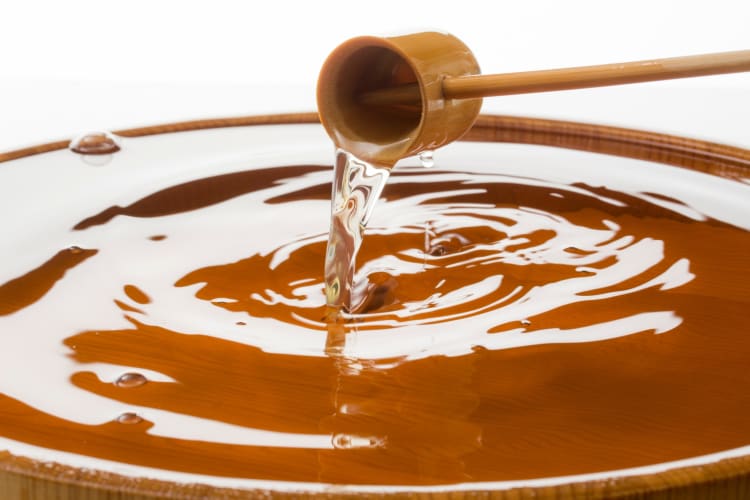
What Is Mirin Made Of?
Moving onto what mirin is made of, it's important to recognize that it is formed from a combination of fermented rice, koji (a type of fungus), and distilled alcohol. This unique blend undergoes a fermentation process, where the rice and koji interact to produce complex flavors and aromas, and the addition of distilled alcohol acts as a preservative, ensuring the stability and longevity of the mirin.
Throughout history, mirin has been crafted using traditional methods, passed down through generations. The quality of the ingredients, as well as the duration and technique of fermentation, greatly influence the final product's taste and aroma. This careful craftsmanship results in mirin varieties with distinct characteristics, ranging from rich and full-bodied to light and delicate.
What Is Mirin Used For?
When uncovering what mirin is used for, it’s important to keep in mind that Mirin sauce is prized for its versatility and it is used to enhance the flavor of both savory and sweet dishes. One of its primary functions is to tenderize meats, making them juicier and more flavorful. Additionally, mirin adds a subtle sweetness to sauces and glazes, balancing out savory flavors and imparting a glossy finish to dishes.
Mirin is often used in dishes like teriyaki chicken, where its sweet and tangy flavor profile complements the savory taste of the meat. It can also be found in dipping sauces, such as ponzu sauce, adding depth and complexity to the tangy citrus flavors.
Other examples of dishes where mirin is commonly used include miso-glazed salmon, where the combination of flavors adds umami to the dish, as well as General Tso tofu, where mirin is used in the sauce, providing sweetness and depth to the spicy and savory flavors.

What Does Mirin Taste Like?
Now that you know what mirin is, you may be wondering what it tastes like. Mirin has a delicate balance of sweetness and acidity, with subtle undertones of rice. Unlike other sweet rice wines, mirin has a milder sweetness, making it well-suited for savory dishes. Its subtle flavor profile enhances the taste of ingredients without overpowering them, allowing other flavors to shine through.
Compared to similar sauces, mirin offers a unique blend of sweetness, acidity, and umami, derived from the fermentation process and the presence of koji, adding depth and complexity to dishes and elevating their overall flavor profile.
Additionally, it's worth noting that the flavor of mirin can vary depending on the type, ranging from rich and full-bodied to light and delicate.
Types of Mirin
When answering what mirin is, we must keep in mind that there are different types of mirin, each with its distinct flavor and usage.
Hon-mirin, also known as true mirin, is characterized by its high sugar content and rich flavor, making it a staple in traditional Japanese cuisine. Its intense sweetness enhances various dishes, from sauces to marinades, adding depth and complexity.
On the other hand, shio-mirin, or salted mirin, differs with the addition of salt, giving it a more savory flavor profile. This type of mirin is commonly used in savory fare, where a balance of sweetness and saltiness is desired, such as stir-fries and braised dishes.
Shin-mirin, or new mirin, offers a lighter and milder taste compared to its traditional counterparts. This modern alternative is versatile and suitable for a wide range of recipes, from dressings to soups, catering to contemporary culinary preferences while still providing a touch of sweetness without overwhelming the dish.
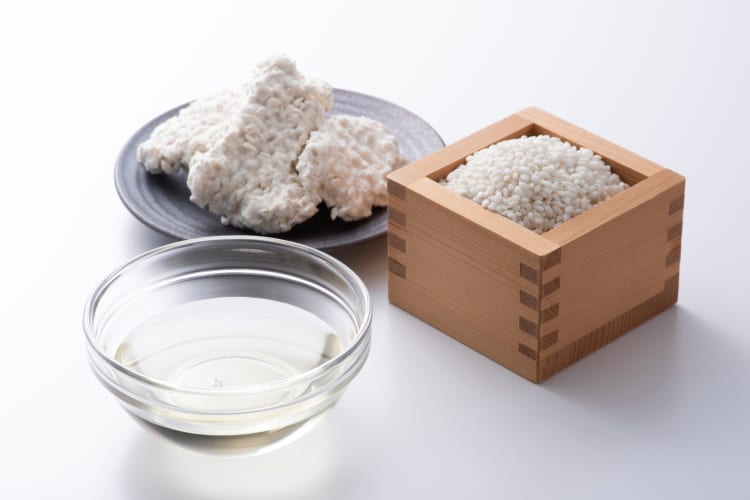
What Is Aji Mirin?
While some wonder what mirin is, others are curious about what Aji mirin is. Are they different? Aji mirin, also known as seasoned mirin, is a type of mirin that contains less alcohol and more sugar. This results in a sweeter and more pronounced flavor, making it ideal for seasoning and enhancing the taste of dishes.
Unlike other varieties of mirin, aji mirin is often readily available in supermarkets and Asian grocery stores, making it a convenient option for home cooks. Its versatile nature and intense sweetness make it a beloved ingredient in both traditional Japanese cuisine and modern culinary applications.
Mirin vs. Sake: What's the Difference?
While both mirin and sake are Japanese rice wines, they serve different culinary purposes and possess distinct flavor profiles. Mirin is sweeter and lower in alcohol content than sake, making it ideal for adding sweetness and depth to sauces, marinades, and glazes.
Sake, stronger in alcohol and with a distinct rice taste, is mainly enjoyed as a drink, appreciated for its varied flavors from light and floral to rich and earthy. While it can be used in cooking, it's primarily known for its role as a beloved Japanese beverage.
Understanding the differences between mirin and sake allows chefs and home cooks to utilize them effectively in their cooking, unlocking the full potential of traditional and modern recipes alike.
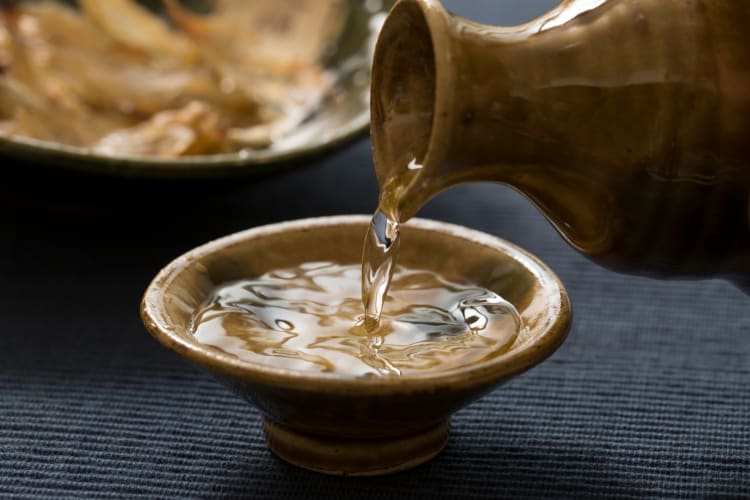
How To Use Mirin in Cooking
Knowing now what mirin is, it’s time to take it to the kitchen. Incorporating mirin into your culinary repertoire opens up a world of flavor possibilities, allowing you to experiment with traditional Japanese recipes and create innovative dishes of your own.
To use mirin in cooking, start by incorporating it into marinades to tenderize meats and add depth to their flavor. Simply combine mirin with soy sauce, ginger, garlic, and other seasonings to create a delicious marinade for chicken, beef, or fish. Let the meat marinate for a few hours or overnight allowing the flavors to penetrate deeply, resulting in juicy and flavorful dishes.
Mirin also shines in simmering sauces, where its subtle sweetness balances out savory flavors and adds a glossy finish to dishes. Try adding mirin to your favorite stir-fry sauces or braising liquids for an extra layer of complexity. Its versatility extends to dressings, glazes, and dipping sauces, where it can enhance the taste of salads, grilled vegetables, and appetizers.
Are you ready to explore what mirin is useful for in the kitchen and how it can elevate your dishes? Experiment with different recipes and cooking techniques to discover the full potential of this essential Japanese condiment by joining cooking classes near you, or trying online cooking classes.
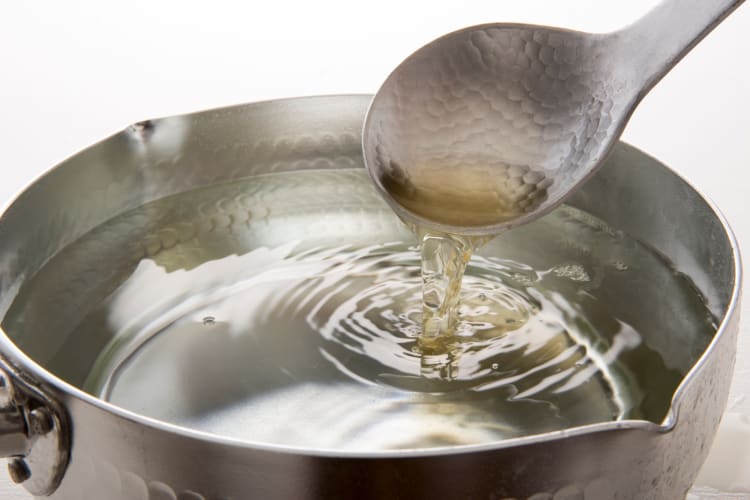
Where To Buy Mirin
Now you know what mirin is and how to start incorporating it into your cooking. But where can you buy it? Mirin can typically be found in the Asian foods section of most supermarkets or specialty Asian grocery stores. What aisle is mirin in? look for it alongside soy sauce, rice vinegar, and other Japanese condiments. In addition to brick-and-mortar stores, mirin is also readily available for purchase online, offering convenience and accessibility to home cooks nationwide.
When selecting mirin, opt for authentic brands with minimal additives for the best flavor. Look for mirin labeled as "hon-mirin" or "true mirin," as these varieties tend to have a higher sugar content and richer flavor. Avoid products labeled as "mirin-flavored seasoning" or "mirin-style sauce," as these may contain artificial additives and lack the authentic taste of true mirin.
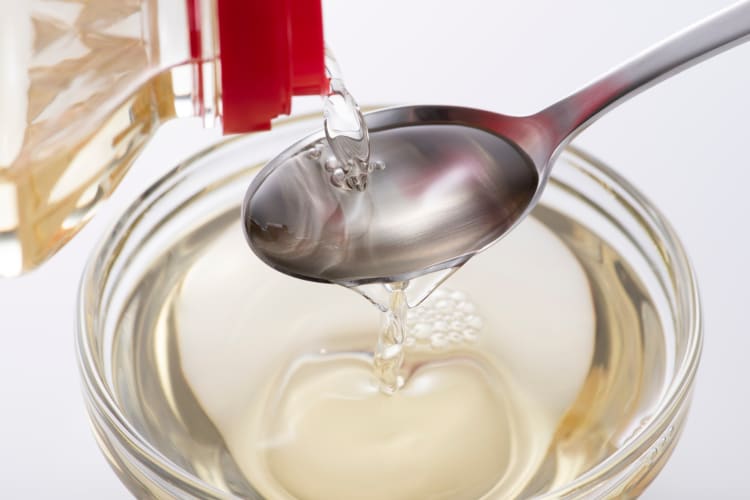
Mirin serves as a versatile ally in the kitchen, enriching Japanese cuisine with its distinctive flavor profile. From marinades that tenderize meats to simmering sauces that add depth and gloss to dishes, mirin's subtle sweetness and gentle acidity elevate the taste of every culinary creation.
Let mirin be your secret weapon, transforming ordinary dishes into extraordinary culinary delights with its unique charm and flavor-enhancing prowess. For even more ways to explore your favorite foods, check out other experiences happening on Cozymeal.



FOOD FOR THOUGHT?
Join the conversation.